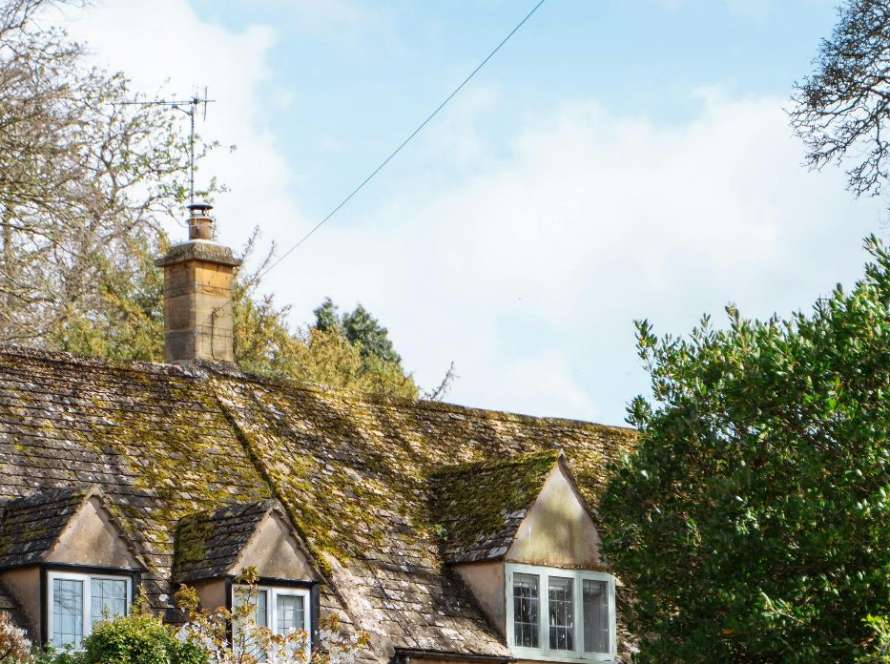Chimney Lining – Inglenooks
As HETAS-registered and Trading Standards Approved chimney specialists serving Cambridge and surrounding areas, we regularly inspect and maintain inglenook chimneys across our region’s historic properties. While these architectural features are rich in history, they present unique challenges for modern heating needs.
Understanding Traditional Inglenook Chimneys
Inglenook chimneys, particularly common in Cambridge’s historic properties, were originally designed for a different era of home heating and cooking. Built with traditional materials including:
- Clay-based construction (locally known as claybat)
- Traditional clay linings, often reinforced with natural fibres
- Substantial structural walls
- Wide gathering chambers
Modern Heating Challenges with Inglenooks
While historically effective for their original purpose, inglenook fireplaces in modern homes face several efficiency challenges:
- Significant heat loss through the large chimney opening
- Constant escape of warm air from your home
- Poor heating efficiency with open fires
- Higher fuel consumption compared to modern systems
- Drafts when not in use
Professional Assessment and Solutions
As Guild of Master Chimney Sweeps certified professionals, we’ve observed that many homeowners are converting their inglenooks to more efficient heating systems. The most effective solution typically involves:
- Installing a wood-burning stove
- Professional chimney lining
- Proper sealing of the chimney void
- Appropriate ventilation controls
Benefits of Modern Adaptations
Converting an inglenook to accommodate a wood-burning stove offers several advantages:
- Reduced heat loss when not in use
- Better control over room heating
- Improved fuel efficiency
- Retention of period character
- Lower heating costs
Frequently Asked Questions
Why does my inglenook fireplace feel drafty?
Traditional inglenook chimneys act like large ventilation shafts, constantly drawing warm air from your home up the chimney, creating noticeable drafts and heat loss.
What’s the first step in improving an inglenook’s efficiency?
Begin with a professional sweep and inspection by a HETAS-approved chimney sweep who can assess your chimney’s condition and discuss appropriate options for your property.
How can I maintain the character of my inglenook while improving efficiency?
A professionally installed wood-burning stove can provide efficient heating while preserving the traditional appearance of your inglenook fireplace.
The Importance of Professional Assessment
Before making any changes to your inglenook, professional inspection is essential to:
- Evaluate the chimney’s current condition
- Identify any structural issues
- Assess suitability for modifications
- Ensure compliance with regulations
- Receive expert advice on options
Contact Your Local Chimney Experts
We offer comprehensive chimney services across Cambridgeshire, Suffolk, Essex and Hertfordshire:
- HETAS-approved chimney sweeping
- CCTV chimney surveys
- Cre-away creosote removal
- Emergency support
- Bird nest removal
- Flue cleaning for Agas, gas appliances, and boilers
Contact us for Trading Standards Approved chimney services and advice:
- 01223 627012
- hello@ablewight.co.uk
Our HETAS-registered and Trading Standards Approved professionals can advise on your chimney’s specific needs and maintenance requirements across Cambridge, Ely, Newmarket, Royston, Saffron Walden, St Ives, Huntingdon, St Neots, and Bishop’s Stortford.
Why Choose Ablewight?
- HETAS registered professionals
- Guild of Master Chimney Sweeps certified
- Trading Standards Approved
- Extensive local experience
- Comprehensive chimney services
- Expert advice


